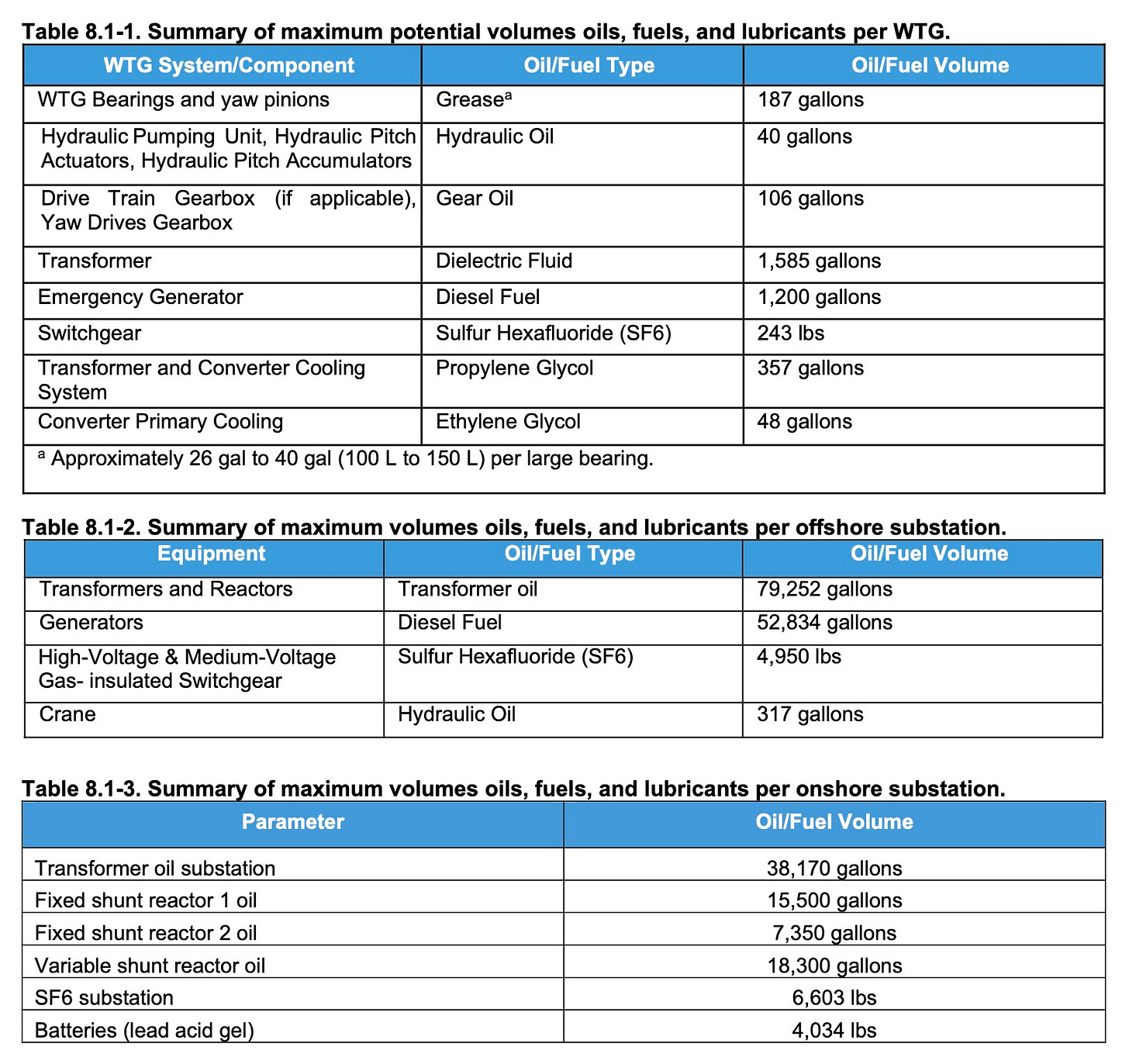Offshore wind news today shows us the gig is all but up. First, there was this story from FisheryNation.com:
The New Jersey Board of Public Utilities (NJBPU) has officially revoked its prior approvals for the Ocean Wind One and Ocean Wind Two offshore wind projects. This decision comes after Cape May County filed lawsuits challenging the projects, citing environmental concerns.
The State has agreed to allow Orsted, the foreign corporation behind the projects, to retain $175 million in escrow funds in exchange for the cancellation. “Today is a very important day in our ongoing opposition to these environmentally destructive offshore wind projects,” said Cape May County Commission Director Len Desiderio.“
The vacation of these Orders by the BPU means that it will be much more difficult for Orsted or any other Big Wind company to utilize these lease areas just a few miles off Cape May County beaches. As we have seen in Nantucket over the past few weeks, these industrial electricity-generating facilities represent an unacceptable threat to our environment and, consequently, to our local economy.
That's quite a blow to the heavily subsidized and grossly inefficient offshore wind industry. Much of the credit, though, goes to those who pointed out the industry was treating whales as if it were a reincarnated Captain Ahab. And, that Nantucket thing? What could be worse than spoiling the beaches of ultra-wealthy folks who, through their NGOs fund all climate causes used to justify the Big Green Grift on which offshore scams depend?
And, even worse than that, the Nantucket issue caused a lot of folks to take a closer look at the environmental analyses and emergency plans of offshore project developers. One of our loyal readers, in fact, sent me a Facebook post with some extremely revealing facts from here indicating the Nantucket, including this:
Project facilities will contain components that require lubricating oils, hydraulic oils, and coolants for operation, as well as fuels and batteries…
So, what we learn from this project is that each turbine and the offshore substation include a diesel generator, with 1,200 gallons of fuel used/stored at each of the turbines and each offshore substation using/storing 52,834 gallons of diesel. That’s a lot of diesel and, at a minimum, it tells us offshore can't operate without fossil fuels. What a great reveal!
Offshore wind has nowhere to go but out to sea!
#Wind #Renewables #Wind #Offshore #Nantucket #NewJersey #Oil #Diesel






I think substations need continuous power for all the communications and control gear. Can't have the computers go down every time the wind stops blowing.
In the table what does WTG stand for.